From Picasso and Rembrandt to Fire-Retardant Walls: A Visit Report on Echizen Washi Paper Workshop
- Shinya Yamada
- Aug 2
- 6 min read
Updated: Aug 17

A sheet of paper is something we take for granted. Yet, a recent journey to Echizen City in Fukui Prefecture taught me that behind this everyday object can lie a 1,500-year-old story of faith, community, and unparalleled craftsmanship. Here is what I discovered during my visit to the heart of Japanese washi paper, where I discovered that its true quality comes not just from technique, but from a spirit that has been carefully preserved for centuries.
A Shrine Built on Love: Meeting the Paper Goddess, Kawakami Gozen
My journey into the world of Echizen washi began at its spiritual home: the Okamoto & Otaki Shrine. This is one of the few shrines in Japan dedicated to a "paper goddess," Kawakami Gozen. According to legend, a beautiful princess appeared on the upper reaches of the Okamoto River 1,500 years ago and taught the villagers how to make paper in a land with little farmland. In gratitude, the people enshrined her as their goddess.
The first thing that struck me was the shrine's main building, designated as a National Important Cultural Property. It features what is said to be "the most complex roof in Japan." It is a stunning architectural feat, but it is also incredibly expensive to build and maintain. I realized instantly that this was not simply for aesthetics; it was a powerful expression of love. For generations, the local community has chosen to invest heavily in this magnificent structure as a tribute to their goddess.
This same devotion was evident in the shrine's three beautiful mikoshi (portable shrines). Unlike the standard four-sided design, these are octagonal—an extremely rare and precious form. This, too, spoke of the deep affection and pride the people have for their unique deity. It became clear that the foundation of Echizen washi is not just skill, but a profound spiritual bond between the people and their paper goddess.

What is Echizen Washi Paper? The Secrets Behind its 1,500-Year-Old Beauty
So, what exactly is Echizen washi? It is a type of Japanese paper made in the Echizen region of Fukui, primarily around the Okamoto River basin. Its most notable characteristics are its natural, elegant beauty and its exceptional quality and durability.
The primary raw materials are the inner bark fibers of three plants:
Kozo (Paper Mulberry): Produces strong, durable paper with thick, long fibers, ideal for calligraphy, crafts, and official documents.
Mitsumata (Edgeworthia Chrysantha): Creates a smooth, glossy surface, often used for high-quality printing paper and traditional sliding doors (fusuma).
Gampi (Diplomorpha Sikokiana): A wild plant that is difficult to cultivate. Its fibers create a fine, insect-resistant paper used for long-term preservation.
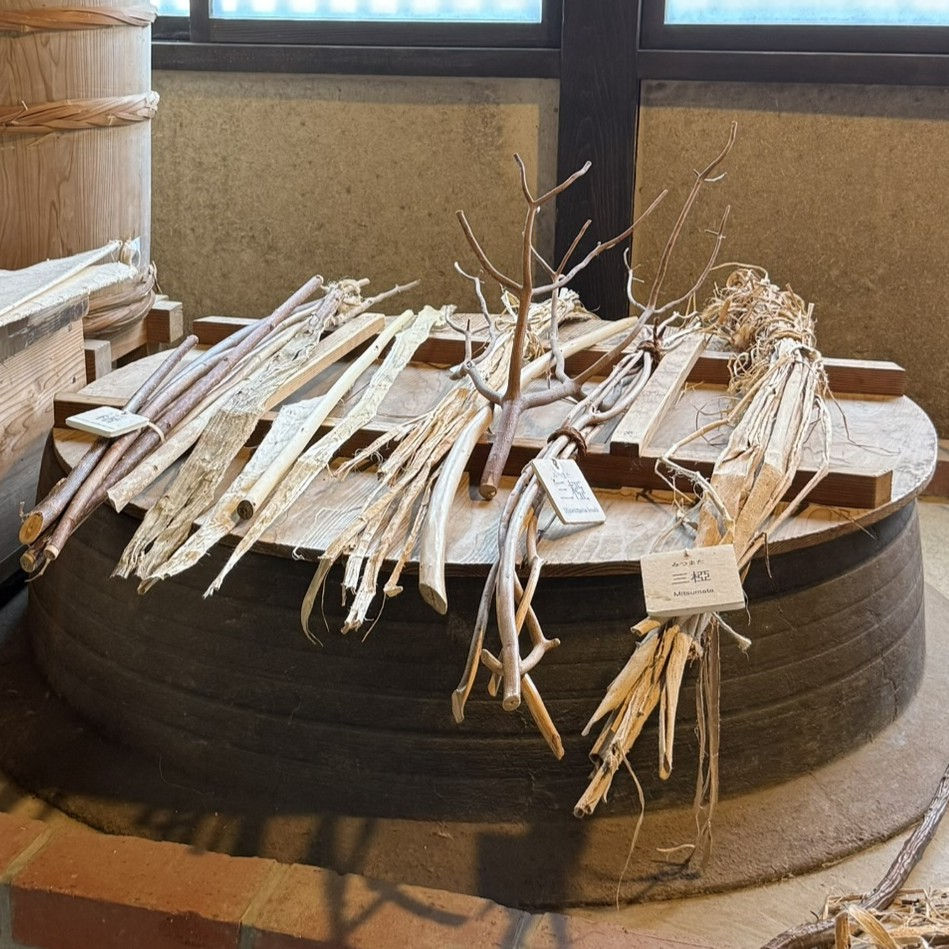
The history of Echizen washi is long and distinguished. The oldest known examples are stored in the Shosoin Imperial Repository in Nara, dating back to the 8th century. From its beginnings as paper for transcribing Buddhist sutras, its high quality led to its adoption by the samurai and aristocratic classes. It received the protection of shoguns and feudal lords, and the region eventually became responsible for producing han-satsu, the paper currency of the Fukui Domain.
This legacy of trust is most evident in one of Japan's most important products: its banknotes. The sophisticated watermark technology (sukashi) that appears when you hold a yen note to the light is, in fact, a technique adopted from Echizen.
This "black and white watermark" technology is so highly regarded for its anti-counterfeiting properties that its production is legally restricted by the Japanese government, requiring official permission. The fact that a traditional Echizen craft is at the heart of the nation's currency security speaks volumes about its enduring quality.
From Bark to Beauty: Witnessing the Washi Making Process at Udatsu Museum
To see this tradition in action, I visited the Echizen Washi Village. At its three main facilities—the Udatsu Paper & Craft Museum, the Papyrus House, and the Paper Culture Museum—Director Masao Shimizu guided us through the world of washi. His explanation was simple and earnest, yet so thorough that I could feel his deep affection for the craft and his strong desire to preserve it forever.
At the Udatsu Paper & Craft Museum, housed in a beautifully preserved paper-maker's house from the Edo period (1748), you can see the entire traditional washi-making process under one roof.

Inside, craftsmen demonstrated the painstaking steps, many of which have remained unchanged for centuries. The process includes:
Boiling (shajuku): The tough plant bark is boiled in lye to soften it and dissolve impurities.
Cleaning (chiri-yori): This is followed by a meticulous cleaning process in cold water, where any remaining specks or scars are removed by hand.
Beating (koukai): The barks are then beaten to loosen fibers, a crucial step that determines the paper's strength.
Paper Making (nagashi-zuki): Finally, the fibers are mixed with water and a natural agent (neri). The craftsman uses a bamboo screen (su) and mold (keta) to scoop the paper stock and expertly rock them back and forth to form a thin, even sheet.
Watching this rhythmic, focused work felt less like a manufacturing process and more like a ritual, connecting the present day directly to its 1,500-year-old origins.








From Echizen's Soul to a Tokyo Art Studio: The Ultimate Ukiyo-e Experience
With this profound experience in my heart, I knew I couldn't leave empty-handed. At the Udatsu Paper & Craft Museum, I purchased several sheets of washi, handmade by the artisans I had just observed. This was not a mere souvenir; it was a tangible piece of the story, imbued with history and the community's spirit.
And this is where the story continues. Our company runs Ukiyo-e printing workshops in Tokyo, and I am now exploring the possibility of using this very washi for our participants. The opportunity to print a masterpiece like Hokusai's "The Great Wave off Kanagawa" onto paper that has its own 1,500-year-old soul would be, I believe, a truly precious and unparalleled experience. It would be a chance to not only create art, but to connect with the deep history of Japanese craftsmanship with your own hands.

A Global Legacy, Rooted in My Own History
My visit to Echizen was more than just a tour; it was a journey into my own roots. In this city, my grandparents' hometown, the highest quality paper in Japan has been produced for 1,500 years. My perception of washi was fundamentally transformed. It is not merely a craft; it is a world-class legacy.
I learned that this legacy extends far beyond Japan's borders. It is said that Picasso himself ordered Echizen hoshoshi. More astonishingly, analysis of Rembrandt's prints, such as "Christ Healing the Sick," revealed the use of gampi paper, which was likely exported from Echizen through Dutch trading posts in Nagasaki. The dense, smooth surface of gampi paper, once praised as the "king of papers," allowed Rembrandt to achieve deep, rich blacks in his prints, something European papers could not match.
This tradition is not static. Today, the techniques of Echizen washi are being applied to new fields. Remarkably, local companies have even developed a fire-retardant washi paper by combining this sustainable material—known for its insulation and humidity control—with non-combustible materials. This innovation has achieved official "non-combustible" certification, opening the door for this beautiful, traditional paper to be used on the walls and ceilings of modern hotels, airports, and restaurants. What began 1,500 years ago in my ancestors' home continues to evolve, proving that true craftsmanship is timeless. Echizen is not merely preserving history—it is actively shaping the future, one sheet of paper at a time.






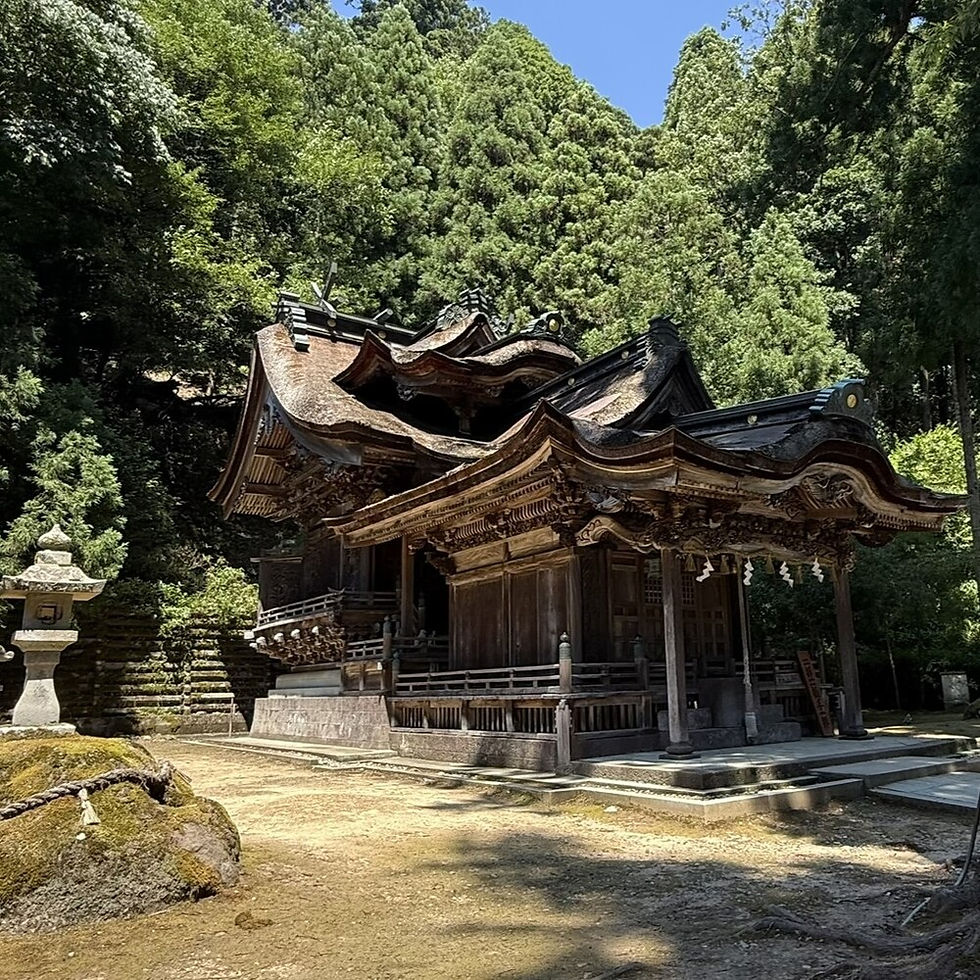
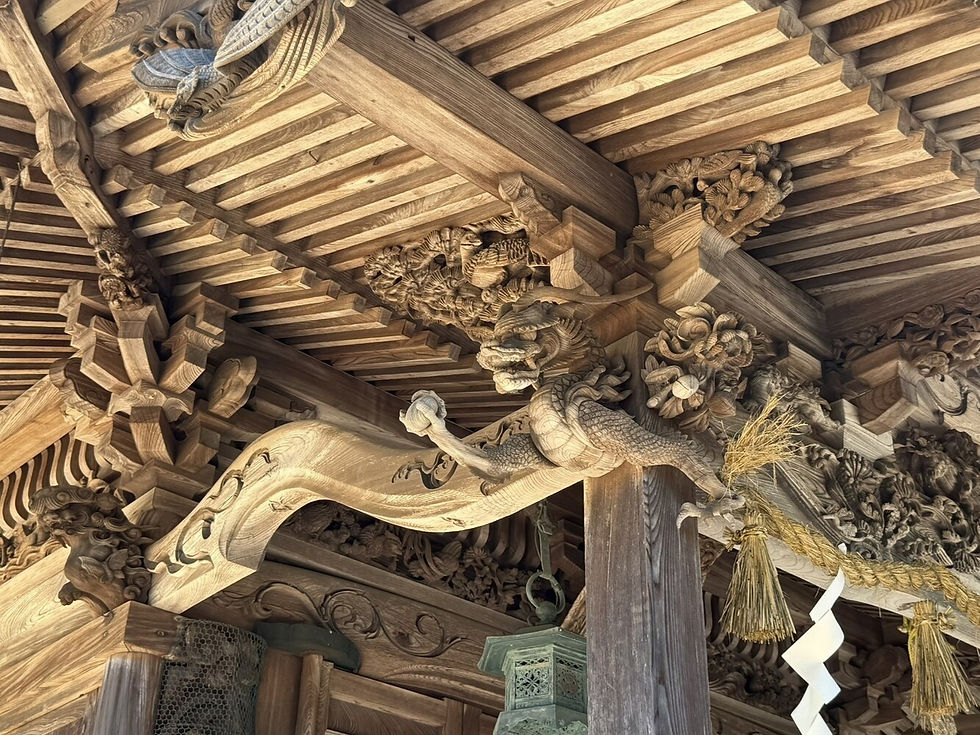
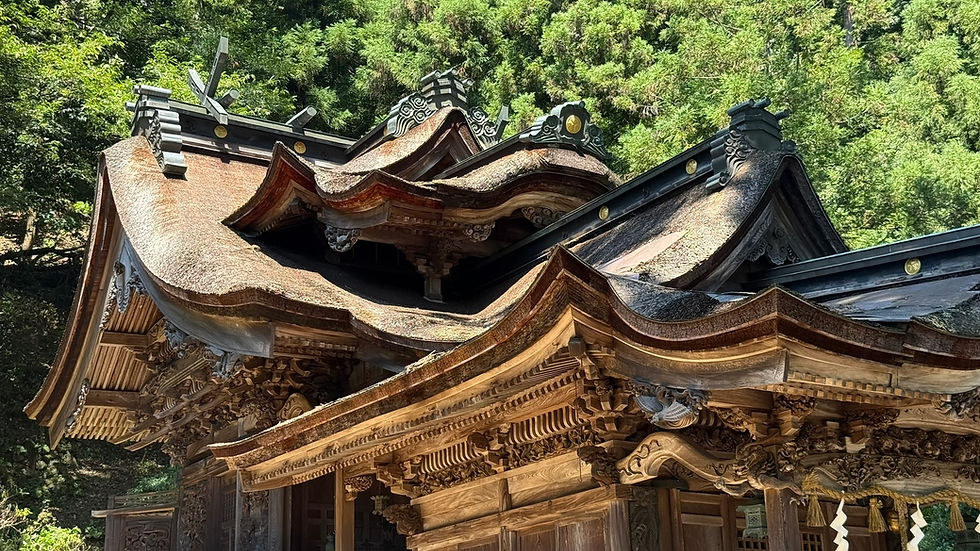

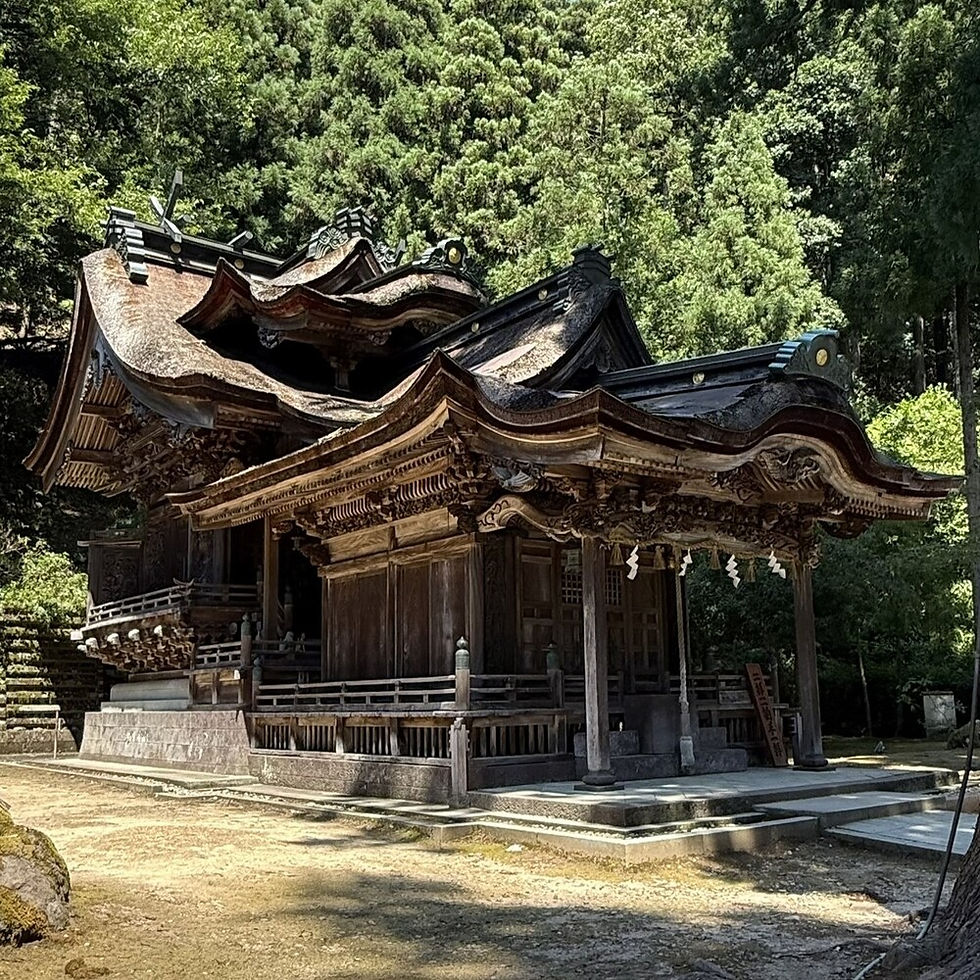

Comments